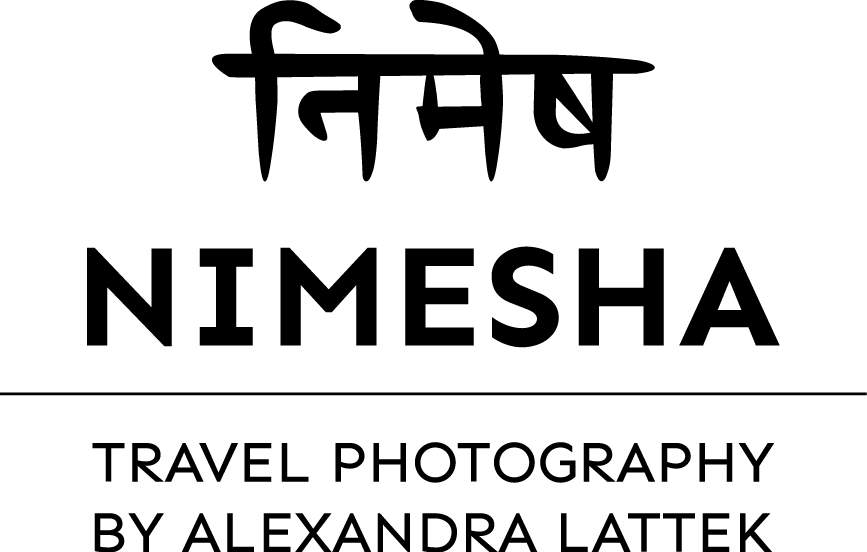About
From Agfamatic snapshots to (urban) landscapes and people photography
I got my first camera when I was eight or nine. I was so proud of this black, small, long pocket camera with the red, round button that needed an instamatic film magazine. Nothing was safe from the „slish-slash-click“ of my Agfamatic.
I took pictures of my friend’s guinea pig, my Monchichis, my granddad’s yellow Ford Fiesta with the black racing stripes and my parents dressed up in early 80s style for our family sunday walk. When I went to the local drugstore to spend my pocket money on getting the films developed, I usually was disappointed when I opened the bag. Pictures that were too dark or featured heads where the top or part of the legs were missing – this is not what makes a great photographer.
For many years, I stuck to holiday snapshots only. When I was an intern at a local newspaper, I always felt embarrassed when I showed up at interviews with my Yashica Autofocus camera, which replaced the Agfamatic, while all the „proper“ journalists came up tops with the most modern gear. When I went to New York after my studies to work as a journalist, I became more ambitious. I bought my first SLR camera and started to explore urban landscape and black-and-white photography.
However, it was not until my sabbatical in India in 2011 that I began to approach photography differently. I was so fascinated by this country, it’s colours, it’s people, it’s spirituality, that I could not stopping running around with a camera all the time. This was when I started to photograph people which has become my passion.
To photograph people is to violate them, by seeing them as they never see themselves, by having knowledge of them that they can never have; it turns people into objects that can be symbolically possessed. Just as a camera is a sublimation of the gun, to photograph someone is a subliminal murder – a soft murder, appropriate to a sad, frightened time.
– Susan Sontag –
I try not to frighten and violate people with my camera. However, I try to look behind their faces, to learn about their personal story, their dreams, aspirations and destiny. It was during my last stay in India, when I spent some time in a small, remote village in Uttar Pradesh, that I really I experienced how photography not only can bring people closer together but also make them blossom instead of symbolically murdering them.
I’m still a beginner at photography and I rather work with intuition than technique. I feel blessed though that I already had the chance to work with some great photographers, who supported me in progressing:
- Andy Kania
„The individual in the masses“ – Surpassing your limits as a photographer; finding the unvarnished archetypes in society, approaching strangers and take photographs of them. - Kajsa Gullberg
„The intimate present portrait“ – Methods and techniques to explore the individual vulnerability, open up oneself in front of the camera and get into an inner dialog with the camera. - Melinda Gibson
„Photography as contemporary art“ – Metamorphosizing photography through collages into creative illusions; work on personal biography. - Götz Diergarten
„Colour in connection with space and architecture“ – Seeing the special in the profane, differentiation between public room and private room. - Josef Schulz
„Reality and fiction“ – Transition and border situations in the context of a diptych.


